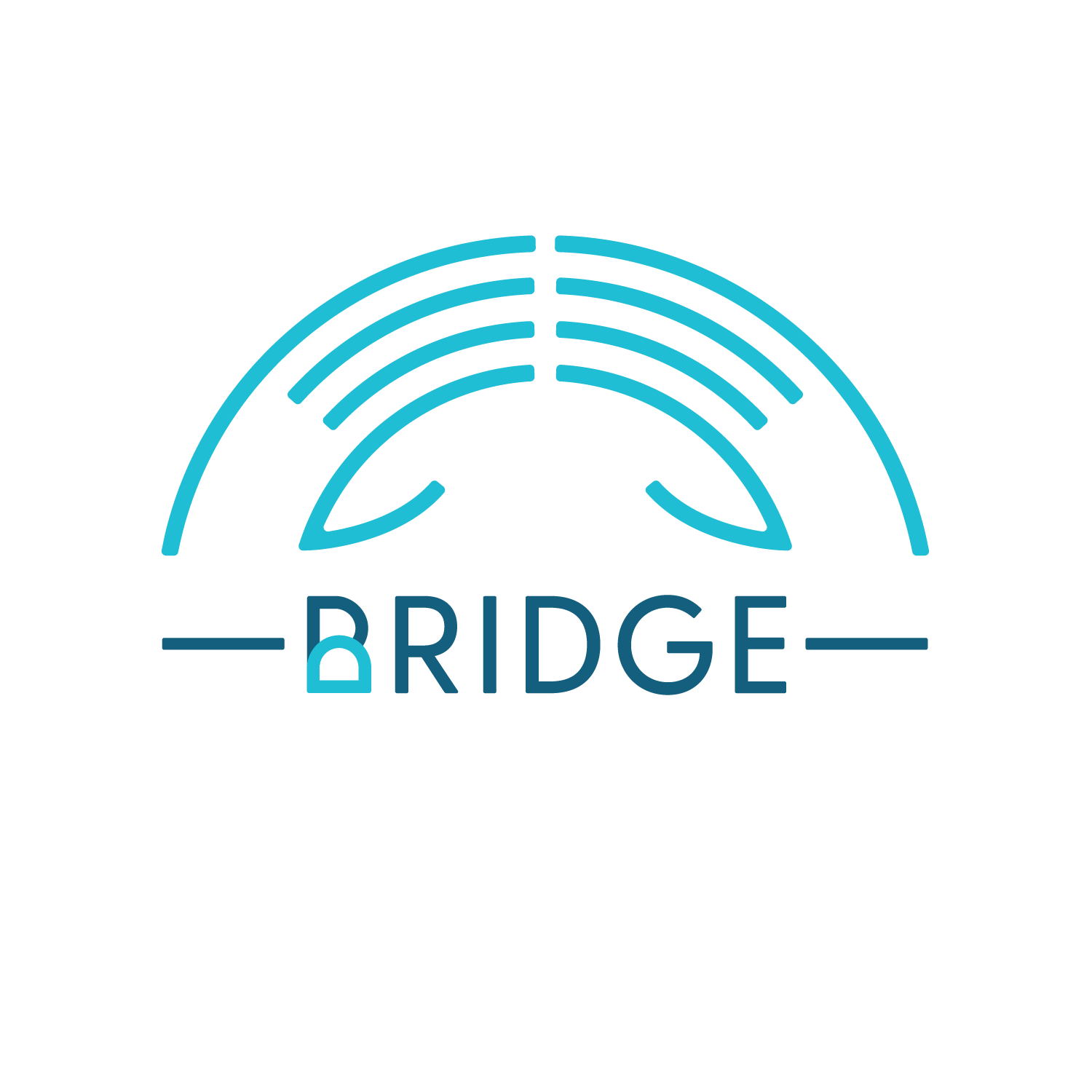Age related muscle loss, or sarcopenia, is caused by the natural aging process and is something that will happen to each and every one of us as we grow older. We typically only associate sarcopenia with very old, frail, and weak individuals who have a difficult time rising from a chair, navigating stairs, or maintaining their balance. The process of age related muscle loss, however, may start much earlier in life for many of us, and the more active we are in fighting against it, the better we will be at avoiding injury and functional loss as we age.
Sarcopenia is a muscle group specific process, but our understanding of what muscles are most affected, to what degree, and why is limited. In a 2023 comprehensive review in the Journal of Applied Physiology, found here, authors compiled all of the available information on age-related muscle loss in a muscle specific manner, and provided some definite results that we can use to target our strengthening efforts.
The major muscle groups that were examined in this review were the elbow flexors (biceps), elbow extensors (triceps), paraspinals (stability muscles on either side of the spine), muscles of the hips, knee flexors (hamstrings), knee extensors (quadriceps), and muscles of the lower leg. The data are shown below for all muscle groups examined. I am going to focus in on the quadriceps, or "quads" as they're more commonly called, as they represent some of the largest total muscle loss and account for the majority of functional loss

The comprehensive review used data to compare muscle tissue from roughly 1,000 25 year olds and 1,000 75 year old participants to provide the average total muscle loss as well as average yearly muscle loss rates displayed in this figure.
With total average muscle loss over the 50 year span coming in at -27% for the quadriceps, and a yearly average of -0.53% per year, the quads are certainly a muscle group worth focusing the time and energy needed to get stronger.
The quadriceps play a major role in many of the activities of daily life, including standing up from a seated position, standing, walking, going up and down stairs, getting in and out of the car, and countless other actions. With age related muscle loss starting as early as the third and fourth decade of life, now is the time for you to build your quad strength.
There are many ways to work the quadriceps, and having a Bridge2PT Physical Therapist in your corner will help you select the best option for you. One of the easiest and most scalable exercises used to work the quads is the squat. Variations of the squat include sit to stands from different height surfaces, weight sit to stands, one-legged or one-leg biased sit to stands, full depth squats with or without load, front squats, unilateral loaded squats, split squat variations, lunges, and the list goes on.
Not every exercise will be the right choice for every patient, and other limiting factors including pain, injury, and lack of mobility can hinder your ability to complete some of the variations. The important takeaway is that no matter what exercise you select, you NEED to start working on getting and keeping your quads strong to prevent age related muscle loss and weakness.


